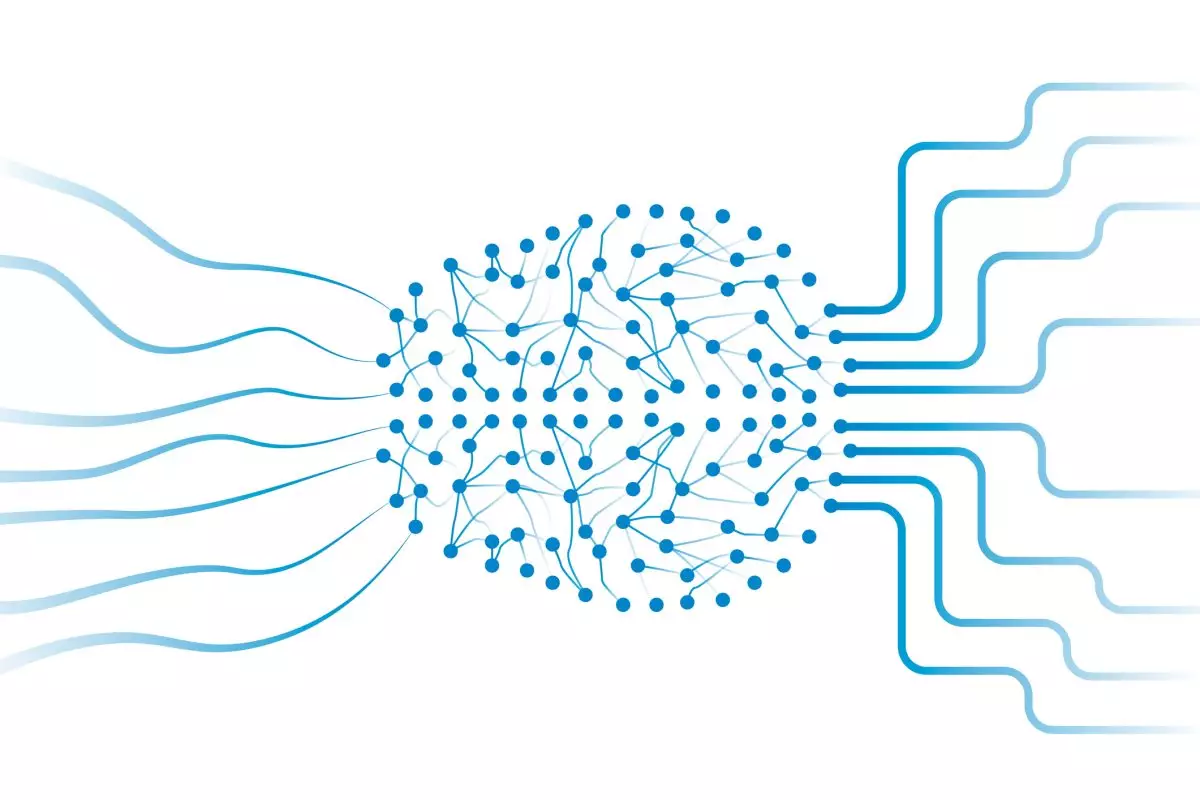In recent years, the landscape of artificial intelligence (AI) has been largely dominated by major private entities like OpenAI, Google, and Meta. These companies possess substantial resources, both in terms of computational power and proprietary data, which put them in a unique position to drive advancements in the field. However, a growing concern has emerged within the open-source AI community: the gap between its capabilities and those of corporate giants extends beyond mere hardware. This necessity for transparency and accessibility has led organizations like AI2—previously known as the Allen Institute for AI—to step forward with initiatives aimed at democratizing AI development.
An often-overlooked aspect of AI development is the post-training process, which refers to the fine-tuning and customization that follows the initial training phase of large language models (LLMs). Contrary to popular belief, these foundational models do not emerge from training as ready-to-use tools. Instead, they require a careful and often intricate process of adjustment to fit the specific needs of users. AI2 is at the forefront of this endeavor, focusing on developing models that are not just open but also truly adaptable for real-world applications.
Emerging research suggests that the post-training phase may soon eclipse the importance of pre-training, as it is in this latter stage that significant value can be generated. Raw models may possess vast knowledge, yet they also risk producing biased and inappropriate content if not properly managed. The challenge lies in translating a large language model—from a generalist into a specialized tool suitable for particular industries or tasks, such as healthcare or academic research.
While several datasets and models are marketed as “open-source,” the reality is often different. Companies tend to maintain tight controls over their methodologies and the intricacies behind their post-training processes. AI2 has been vocal about this inconsistency, pointing out that while platforms like Meta’s Llama offer free access, the actual processes used to develop and refine these models remain opaque to the public. Therefore, despite the label of openness, important barriers exist for developers and researchers looking to fully leverage these technologies.
AI2’s commitment to transparency, on the other hand, involves not only sharing the details of its training methods but also opening its data collection and curation processes. This commitment aims to dismantle the barriers that prevent smaller organizations and individual developers from entering the AI space. With a focus on inclusivity, the organization is striving to make these powerful tools more accessible to all.
To make post-training accessible, AI2 has introduced Tulu 3, an innovative system designed for the nuanced and complex adjustments required for effective model deployment. This substantially improved framework is built upon months of extensive experimentation and refinement, and AI2 reports that it achieves results comparable to, if not exceeding, those of many advanced models currently available.
Tulu 3 allows users to explicitly define their needs—whether prioritizing multilingual capabilities or enhancing technical tasks such as coding and mathematical problem-solving. Following this tailored approach, the framework guides the model through an iterative process of data curation, reinforcement learning, and fine-tuning, enabling the development of models that cater specifically to user requirements.
Importantly, Tulu 3 also lowers the barriers that previously required companies to rely on external services or proprietary APIs. This not only reduces costs but also enhances data security—an essential factor for organizations handling sensitive information.
The advent of an accessible, robust post-training framework like Tulu 3 offers significant implications for the future of AI development. Firstly, it fosters a more level playing field, empowering developers and companies that may not have the resources to compete with tech giants. Secondly, by promoting transparency, AI2 is encouraging more ethical use of AI technologies, particularly in sectors like healthcare where data sensitivity is paramount.
AI2’s ongoing commitment to open-source principles aligns with the essential need for flexibility in AI applications. Moreover, the forthcoming distribution of an OLMo-based model trained through Tulu 3 underscores the organization’s ambition to set a new standard for openness and adaptability in AI development.
Initiatives like Tulu 3 by AI2 could represent a crucial turning point in AI and machine learning. By breaking down walls that inhibit open collaboration and innovation, AI2 is paving the way for a future where AI technology can be harnessed by a broader audience, ultimately leading to more ethical, effective, and inclusive applications in the realm of artificial intelligence.

